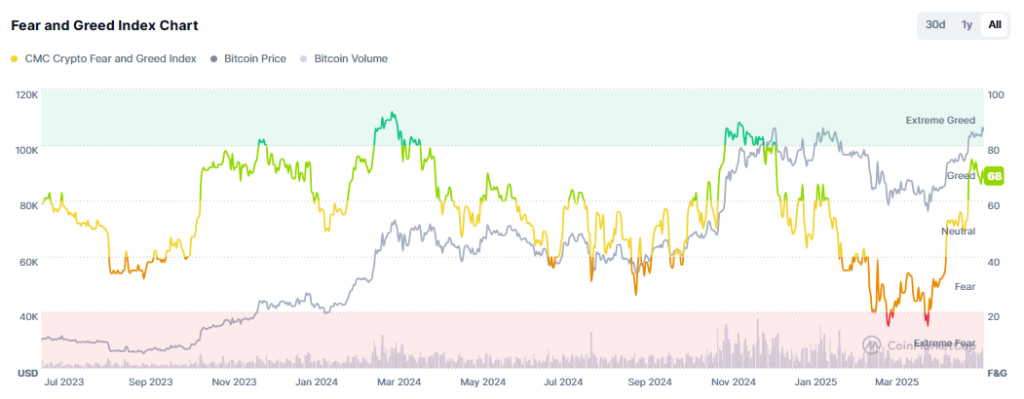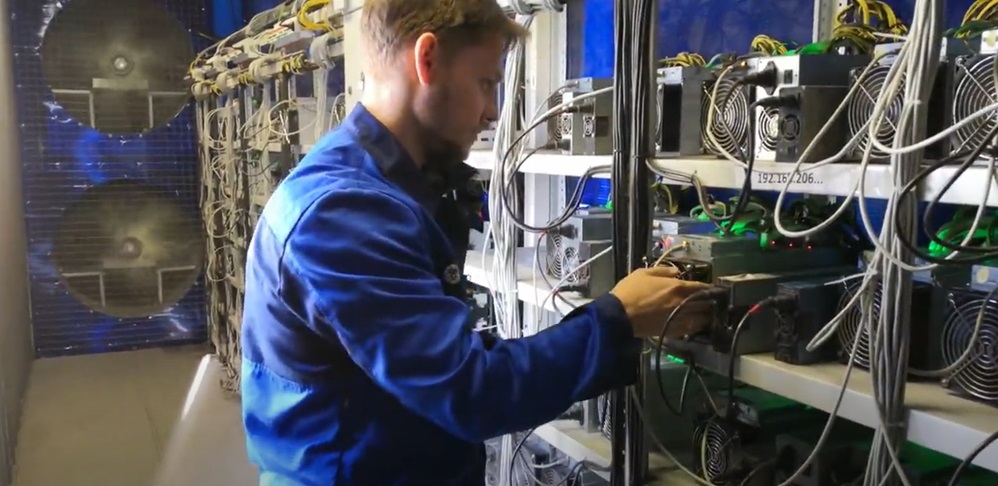Photo credit
getty
The Great Resignation might have slowed in 2023, but it’s been replaced by something a bit more troubling: quiet quitting. Workers are staying put for now, but only with the intent of doing the bare minimum in their jobs. Not the best situation for companies to be in, especially when more than half of U.S. workers want to quit their jobs this year. Many employers could find themselves dealing with higher-than-normal turnover, coupled with an entire team of disengaged employees. If companies want to not only retain their top talent, as all usually do, but also stoke productivity and innovation, the time has come to create more professional development opportunities for employees.
Instead, the opposite is happening: employee growth and development are rarely priorities. If a company offers practical training, then that’s good enough, right? Wrong! Providing employees with nothing more than job skills training sends the message that they aren’t valuable to the company as individuals, and that their company couldn’t care less about their long-term career success. Employees will only invest their maximum effort in companies that fully invest in them in return.
Why companies often overlook employee development
No business can operate without several moving parts, which naturally leads to the divided attention of leadership teams. Those factors that directly and visibly impact a company’s profitability are often seen as the most critical ones, causing other things to get lost in the mix. This can become even more problematic when a business is in a good financial position, as many are in the E&P sector, for example. Big Oil, by and large, doubled its profits in 2022.
A false sense of security can easily set in, even for an industry known to be strapped for talent. A large number of experienced professionals in many sectors are nearing retirement age, creating significant knowledge and skills gaps. Younger professionals are simply not able to fill these positions at a suitable rate. Even if they can, internal candidates are often ignored.
Part of the problem comes down to the numbers. Inevitably, the number of internal candidates will be much smaller than the number of external ones, so companies work under the assumption that the “ideal” candidate is surely new blood. Biases can also be at play, as leadership teams have already seen employees in action. And if an internal candidate doesn’t check every single box, that person will likely fall to the bottom of the list.
Companies with large workforces often have another obstacle getting in the way. Budgets can feel tight, if not impossible, in regard to professional development. But it’s all about how organizations approach the use of funds. What are the business’s goals? Where are there gaps in the skill sets? Is it hard-skill or soft-skill related? A mentorship program built on personal branding, for example, can be a very cost-effective way to develop employees—and do a little succession planning in the process.
It’s surprising how often professional development takes a backseat to other initiatives, as it’s so instrumental for the growth of a team and the success of a business. Investing in employee engagement, performance, job satisfaction, morale, and retention is better than scrambling to recruit and onboard a revolving door of new hires. And when it comes to retaining those new hires, a robust development program can be a great recruitment tool, as job seekers are always looking for opportunities to grow in their careers.
The seed for growth and retention
The University of Phoenix’s 2023 Career Optimism Index is packed with revelations about the state of employee development. For one, 70% of workers said that they’d stay with a company throughout their career if they had more opportunities to apply new skills. However, 40% said that their companies never provide specific reskilling opportunities. Of those employees looking for a job or planning to look for a job soon, 68% said they’d be more likely to stay if their organizations did more to upskill them.
A time will come when certain jobs will no longer exist. There’s just no getting around that, especially at the rate of technological advancement. AI, in particular, has been taking over many responsibilities lately. Upskilling and reskilling employees put businesses in much better positions to respond to market changes. It only makes sense to improve an employee’s existing abilities through upskilling or changing someone’s skill set entirely (i.e., reskilling) when their role is on the way out due to technology. Better yet, if it can be paired with personal-growth programs, teams will feel completely plugged in because they’re receiving complete support.
When an organization invests in an employee’s development, it provides them with the learning opportunities they seek—all while building that internal talent pipeline and retaining the institutional knowledge that might otherwise be lost due to retirement or separation. Employees who receive ongoing training and development are motivated to be more efficient and have a reason to leverage their knowledge and skills to effectively tackle complex challenges.
Can you truly “own” development?
If you’re not in a leadership position, you may have to be strategic in shifting the corporate culture. Asking your employer to invest in your growth is no small feat. It requires research, as you’ll want to provide evidence that there will be a return on investment. Much like preparing for an interview, you must also prepare for potential questions involving the development request. What will you learn? How will it benefit the company? Will the training opportunity impact your job performance?
But here’s the thing: “There’s never a bad time to approach personal development, which is very different from training,” explains Nicole Durham, marketing director at Enertia Software, the leading developer of integrated enterprise solutions for the upstream oil and gas industry. “We recommend touching bases with managers regularly to ensure personal development goals are being presented and encourage open-door policies with employees where opportunities can be discussed. My recommendation is to always bring suggestions to a request. Come ready with ideas for personal development, including courses, certifications, brainstorming, events, and similar avenues for growth.”
Employees these days know their worth, but they must also understand where they intend to go within a company in order for leadership teams to be receptive to such an investment. The request might even lead to increased investment in development for the entire team, which will only improve success in the long term—for individuals and for their company.
William Arruda is a keynote speaker, co-founder of CareerBlast.TV and creator of the 360Reach Personal Brand Survey that helps you get candid, meaningful feedback from people who know you.
Credit: Source link











